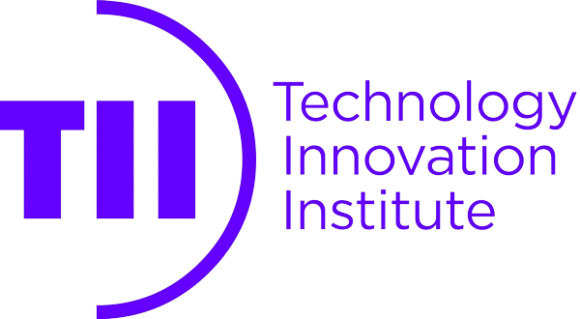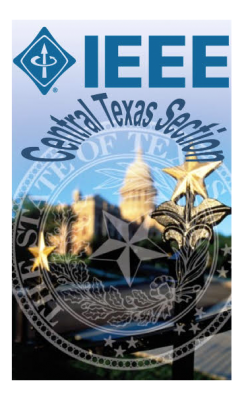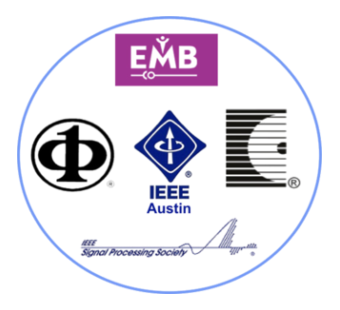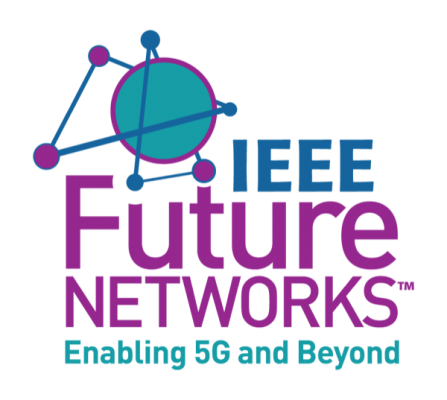Launching from fifth-generation (5G) communications which provide a single platform for enabling a variety of data services, evolution towards sixth-generation (6G) has been kicked off, envisioning future wireless networks to become distributed intelligent communications, sensing, and localization system. Though such a demand has gained support from existing techniques such as massive MIMO and small cells, they heavily depend on the quality of the uncontrollable wireless environments. Differently, Reconfigurable Intelligent Surface (RIS), also referred to as Intelligent Reflecting Surface (IRS), is a new type of ultra-thin meta material inlaid with multiple sub-wavelength scatters, which can create favorable propagation conditions by controlling the phase shifts of the reflected waves at the surface such that the incident signals are directly reflected towards the destination without any extra cost of power source or hardware. The RIS has given rise to an emerging concept of “smart radio environments”. In contrast to conventional wireless networks where the environment is out of the control of the operators, the “smart radio environments” refers to the wireless networks where the environment is turned into a smart reconfigurable space by holographic beamforming that plays an active role in transferring and processing information. Against this background, the RIS has been considered as a promising and transformative technology that has the potential of fundamentally changing how wireless networks are implemented and optimized in current days.
Thus, this proposed half-day workshop will seek to bring together researchers and experts from academia, industry, and governmental agencies to discuss and promote the research and development needed to overcome the major challenges that pertain to this cutting-edge research topic. Particularly, the scope of the workshop focuses on (but is not limited to) six major lines of fundamental research and development on RIS for future communication networks:
- Physical modeling for RIS: As RIS is still in its infancy, there remain a series of problems in the modeling of the RIS. The research in this area focuses on the electromagnetic-compliant modeling of the RIS as well as the channel modeling of the RIS involved communications.
- Fundamental performance limits of RIS-assisted wireless networks: The research in this area focuses on exploiting channel estimation in multi-antenna networks, multi-user detection in multi-cell networks, and joint codebook and decoding strategy with the assistance of RIS. New challenges have arisen due to the limited signal processing capability of RIS.
- Integrations of RIS and state-of-art wireless technologies: This line of research is motivated by the fact that integrating RIS into state-of-art technologies, such as millimeter-wave communications, device-to-device communications, and Internet of Things, will further extend the applicability of RIS techniques. The research in this area will tackle the coexistence problem.
- Algorithms and protocols design for RIS-based wireless networks: Due to the coupling between the radio propagation and the configurations of the RIS, existing protocols and design methodologies cannot be directly applied to the RIS-based wireless networks. The research in this area will develop new communication and signal processing techniques.
- AI-inspired control of RIS-empowered wireless networks: Machine learning and data-driven approaches have been recognized as a key enabler for the scenarios without explicit models in future wireless networks. The research in this area focuses on how to utilize the power of machine learning to control the configurations of the RISs where the relations between the configurations and the electromagnetic response of the RIS is complicated and challenging to model.
- Emerging applications of RIS: Benefited from its ability to intelligently reshape the propagation environment, RIS has broad applications in wireless networking. Two possible applications are RF sensing and localization. In RF sensing, RIS-aided sensing can actively customize the wireless propagation channels and generate massive favorable paths interacting with the sensing objectives, which can help track the objectives. For RIS-aided localization, more accurate locations of users can be obtained by analyzing the reflected signals via different reflection response of the RIS.
IMPORTANT DATES
Paper Submission Deadline: December 31, 2021 January 21, 2022
Paper Acceptance Notification: January 31, 2022
Camera-Ready: February 25, 2022
EDAS submission link: https://edas.info/newPaper.php?c=28610&track=109166


















.png%3Fitok=HPhdjq1T)



_0.png%3Fitok=n0ncuwzS)